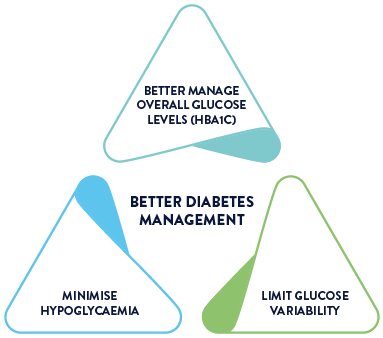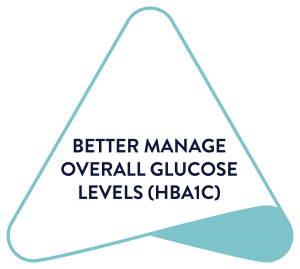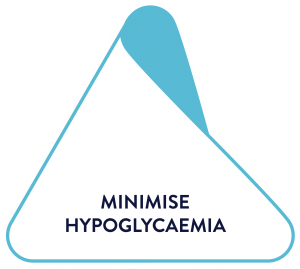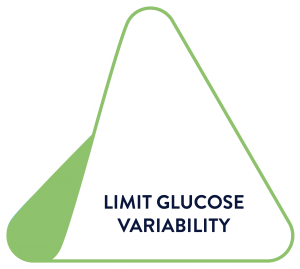References & Disclaimers
SMBG=self-monitored blood glucose
* FreeStyle Libre systems refers to the FreeStyle Libre 2 and FreeStyle Libre 3 systems
** The data from this study was collected using the FreeStyle Libre 2 system. FreeStyle Libre 3 system has the same features as the FreeStyle Libre 2 system therefore, the study data is applicable to both products.
^ Adjusted Mean Between-Group Difference (95% CI)
1. Leelarathna, L. N Engl J Med. (2022): DOI: 10.1056/NEJMoa2205650.
2. UK Hypoglycaemia Study Group. Risk of hypoglycaemia in types 1 and 2 diabetes: effects of treatment modalities and their duration. Diabetologia 50, 1140–1147 (2007). https://doi.org/10.1007/s00125-007-0599-y
3. Battelino, T. Diabetes Care (2019): https://doi.org/10.2337/dci19-0028
4. Ceriello A. et al, Lancet Diabetes Endocrinol 2019 : http://dx.doi.org/10.1016/S2213-8587(18)30136-0
5. Kilpatrick, E.S., Rigby, A.S. & Atkin, S.L. Mean blood glucose compared with HbA1c in the prediction of cardiovascular disease in patients with type 1 diabetes. Diabetologia 51, 365–371 (2008). https://doi.org/10.1007/s00125-007-0883-x




Stay connected